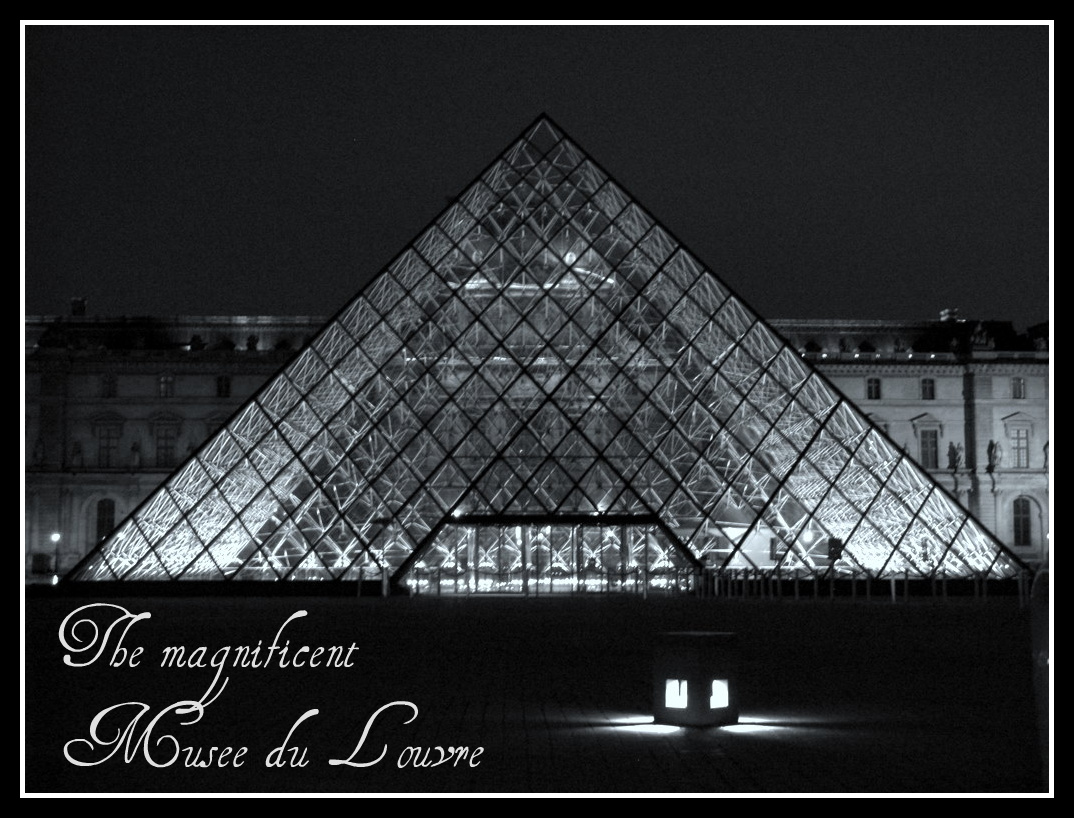
Paris means something different to everyone. Everyone who has walked the streets of this immutable city knows and loves a Paris all their own. For that reason alone, it is impossible to create a universal guide for enjoying Paris. And an even more daunting task would be to claim to have such a guide for the most magnificent museum in the world, the Louvre. Perhaps the only thing we may agree on is this: That Paris is elusive and eternal, and the Louvre is the heart of this jeweled city, a mystery as deep as the brilliance of a diamond, and no less beautiful than the gemstone itself. The Louvre which cannot be contained, consumed, or covered in two dozen visits or more. The Louvre which I long for in the months after leaving Paris, and anticipate with baited breath in those leading up to it. The Louvre mementos through my eyes and heart which I impart to you here. Repeat it, build on it, shake it up, erase it and create your own experience. Do what you will so long as it gets you to the Louvre.
For me, the Louvre first represented a place that my adored grandparents and mom enjoyed many years ago while living in Paris. A place that I had to know, because they had known. This was an experience that would bring me closer to them and add first hand background to their stories over the years. In my first visit to Paris in 2003, belated as it was, I set foot in the Louvre for the first of many times, only to fall in love with it for my own reasons. When we returned to Paris in 2009, the permanence of this eternal museum reassured me strangely. It serves as the only example that lends true meaning to the French expression, “Plus ça change, plus c’est la même chose” (The more things change, the more they remain the same). The advancements to the upkeep and maintenance of the Louvre, as well as the exhibitions and selections, change often and yet, I feel confident that if I were to walk in that museum with my grandparents, they would feel not a day has passed since their last visit.
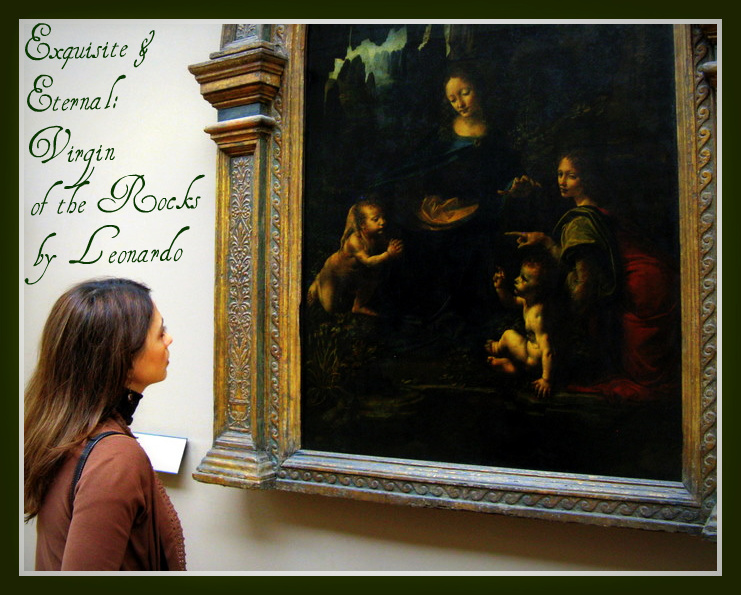
I spent six visits and twelve hours in the Louvre, and it leaves me as wanting as Romeo would of Juliet after so brief an encounter. So teasingly insufficient. So lacking and rushed. And I do not mean that only in the esoteric sense. (Yes, naturally how can you ever tire of staring at even just Leonardo’s Virgin of the Rocks (La Vierge aux rochers), let alone the rest of his work?) No, I mean, the sheer size of the Louvre is simply not made to be consumed in one day, one week or one month. No matter how strong your intentions and your diligence, you need a ridiculous amount of time, energy, memory and patience to even just glance at all of 35,000 objects from prehistory to the 19th century, exhibited over an area of 60,600 square metres (652,300 square feet). To top it all, think about how your own measure of beauty and interest in the arts and history evolves as you do over the years. My interest in the Egyptian antiquities was slim to none until I read “Cleopatra’s Daughter“, and visiting Italy did wonders to my interest in Roman History as well as Italian Renaissance. So believe me when I tell you that you are never quite finished with the Louvre.
Necessity for brevity begs that I keep my list short and sweet, and so here is Prolific Living‘s simple guide in ways to satiate in the Louvre each and every time you indulge in it.
When to go, how to time your visit:
Anytime it’s open of course, but if you could plan more: Tuesdays are the day of rest for Louvre. Weekends are packed with visitors and school tours (yes, field trips to the Louvre are a darling sight). Mondays, Wednesdays and Thursdays are best for the Louvre. Wednesday nights the museum is open until 10pm. A 3 day pass will get you the best value, and you can, as you should, go back up to 3 times without overwhelming yourself on first visit. Winters are best to visit the Louvre. Crowds of tourists thin out, and the bleak of winter begs for the appreciation of art and history to warm the soul.
What to wear, what to take:
Comfortable shoes, yes, but dress well. I like to think it worthwhile to take the time to dress nicely, and be well-presented. Celebrate being in one of the world’s best museums, and in the presence of such marvelous works of arts. Pay your respect to the genius artists, sculptors, architects, engineers, painters, and needless to mention, the countless slaves, who scarified unimaginable hours and days and years of their lives to impart something to the generations that came after them. Also take with you a French dictionary, some water, pen and paper, a camera and of course the layout maps given out at the front. Read the titles. Take notes on your favorites. Maybe you will want to come back and visit them a second time. The Louvre is extremely generous in allowing photography just about everywhere.
How best to manage your time and pace yourself:
Pacing yourself shouldn’t be underestimated. I used to think going to museums is relaxing and low key. Heavens was I mistaken. The Louvre is a colossal space to cover, and you need a smart strategy to cover what you need in the time span you have. Walking, standing, and making your way into the rooms can be exhausting after 2-3 hours. Refuse to leave the Louvre tired and unhappy.
The museum is divided into three large wings: the Sully Wing to the east, which contains the Cour Carre and the oldest parts of the Louvre; the Richelieu Wing to the north; and the Denon Wing, which borders the Seine to the south. Ideally, a 3-day pass with one wing per day is an excellent strategy. Another one would be to hit the highlights first (Rick Steve’s excellent guide video or Wikipedia’s guide or another trusted source) in each wing and then to go back at slower pace to see the rest. In either case, always start your visit upon the opening hour in the morning. I highly recommend taking a mid-day break, skipping right past the Louvre Café and eating a delicious bite across the street at one of the many cafés on Rue de Rivoli.
And what to see, what to enjoy, what to bask in:
Everything of course. Right? It is a lofty goal but one worth living for. Honestly, it depends on your depth of interest in a particular era, artist, and civilization. It also depends on when you visit the Louvre. Your mood and desires for that day may guide you in a specific direction. The works of art arouse every color in the human span of emotion. There are no wrong ways to go about the Louvre, and the only regret I can imagine is to choose not see the Louvre while in Paris.
Traveling changes your mind and expands your horizons! If you like to see the other travel stories here, check the On the Road category.
For me, the Louvre changes and yet remains the same in each visit. Is it me then who changes and seeks another truth, another story, another lesson? Perhaps. From a long list, I give you these few corners of the Louvre that have left me with lasting imprints, in the order of what I love most first.
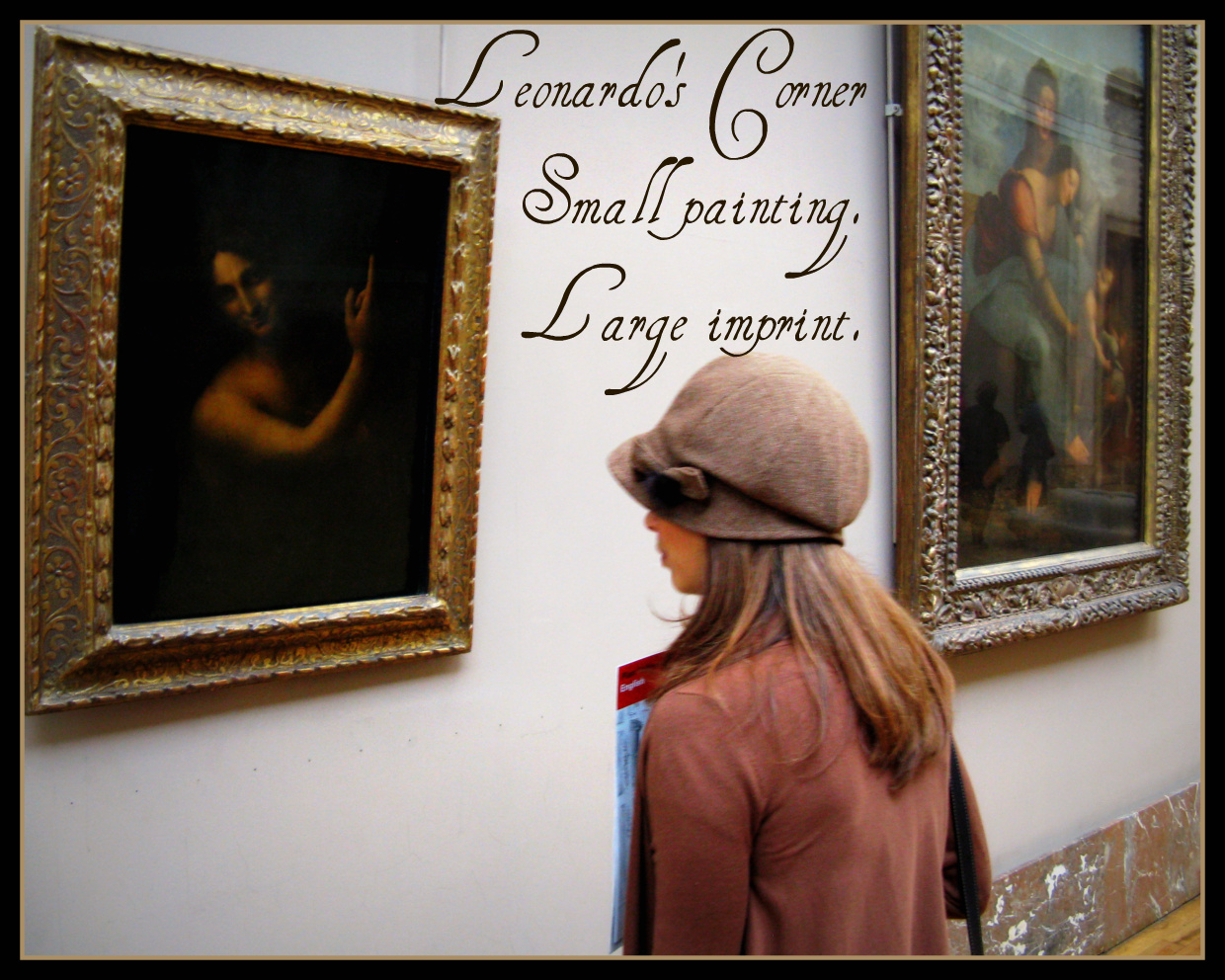
1. The Leonardo corner in the Grand Gallery: Along this gallery which is a quarter mile long, the world’s genius has claimed a quiet corner. Indeed so quiet you would hardly know it is the works of Leonardo da Vinci hanging on the wall. The crowds that gather around La Joconde (Mona Lisa) must not know any other works by the mastermind. This is my favorite corner in all of Louvre, where I can be alone and in sweet proximity to “The Virgin of the Rocks“ (1st photo above), “St. John the Baptist“(2nd photo above), and “La Belle Ferronière“. You will notice that the Virgin of the Rocks in the Louvre is very similar the replica he painted, which resides in the National Gallery of London, with one distinct difference. The one in the Louvre shows one of Leonardo’s best talents, that of drawing the most exquisite hands and fingers – and in this one, we see the angel pointing to baby Christ in a gesture that leaves you breathless in its perfection.
2. The Mona Lisa (La Joconde): Of course you must see the world’s most renowned painting. At first, she will shock you by her size and then by her eyes. The Mona Lisa is small. She is protected behind locked, shatter-proof, bullet-proof glass panes with cameras and guards surrounding her every side, and yet she does gaze right into your eyes. She follows you as you cross the room, and she carries every bit of mystique and spell that is said of her. Leonardo himself loved this painting so much that he carried it with himself everywhere. And it is a masterpiece, a marvel, a wonder, and a quiet joy to behold.
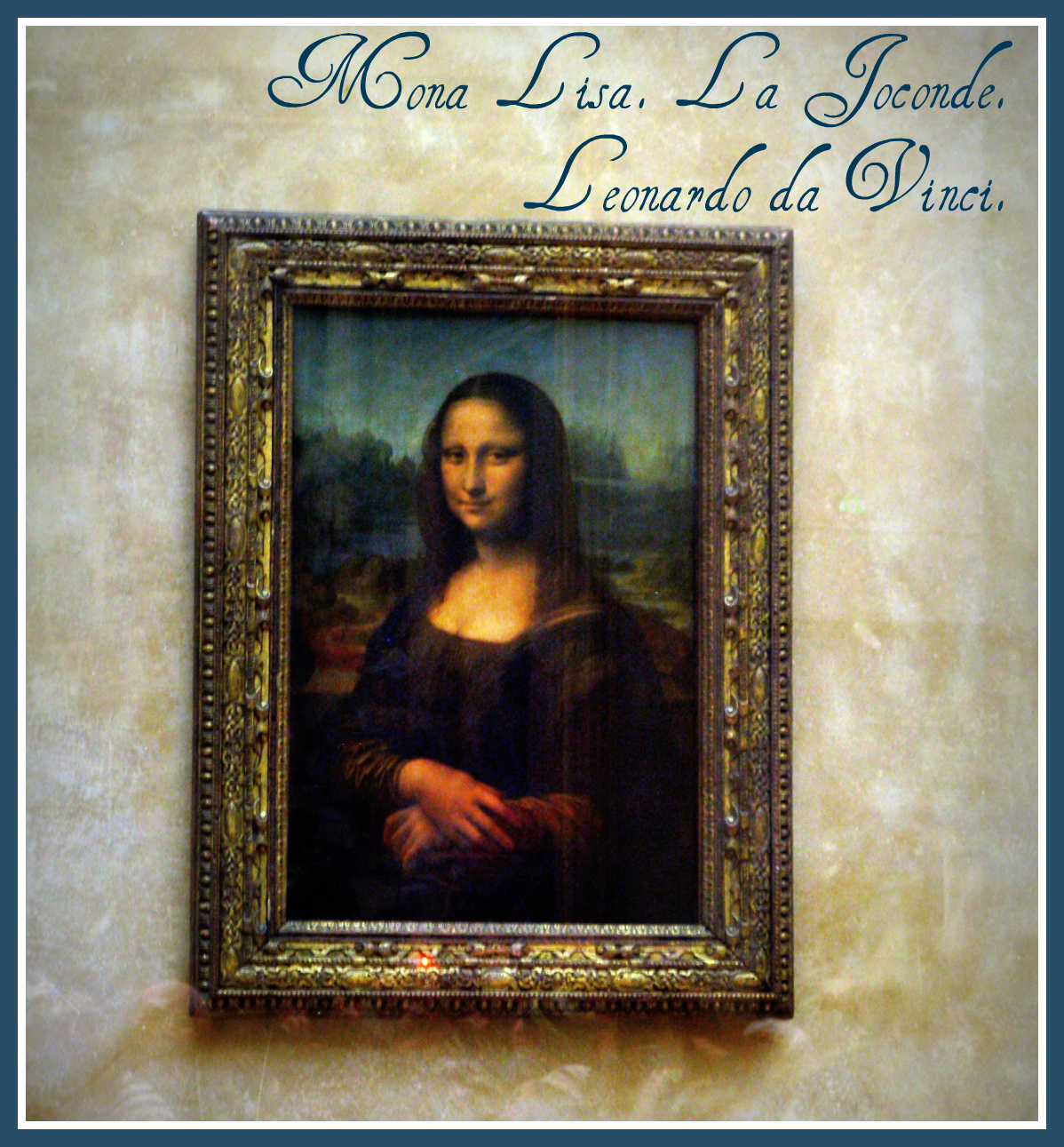
3. Psyche Revived by Cupid’s Kiss: This statue of white marble stops me in my tracks every time. Located in the Denon Wing along with many other neoclassical Greek statues, it is a moving statue, emotions locked in stone and beauty frozen in marble. In this large hall, there is no shortage of Gods and Goddesses, angels and seraphs, and it will take you at least 3 walk-throughs to absorb and admire each to the fullest.
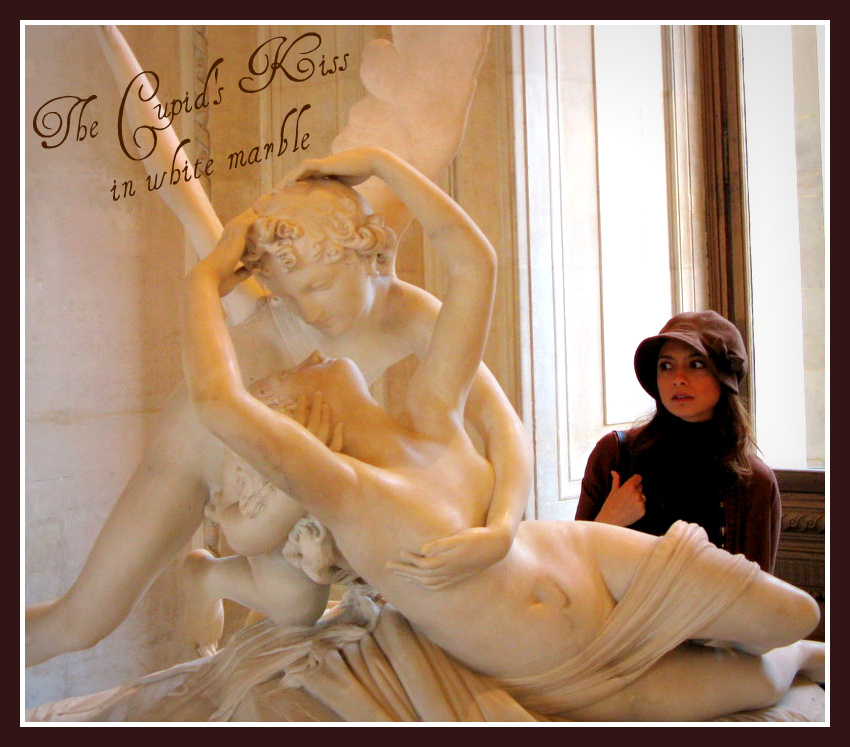
4. Michelangelo’s Dying and Rebellious Slaves: Also in the Denon Wing, Michelangelo’s sculptures of slaves are displayed in the large hall. Though unfinished, these slaves evoke the exact emotions that the sculptor himself perhaps had hoped to convey. Hopelessness, desperation, sadness, the weight of life and defeat.
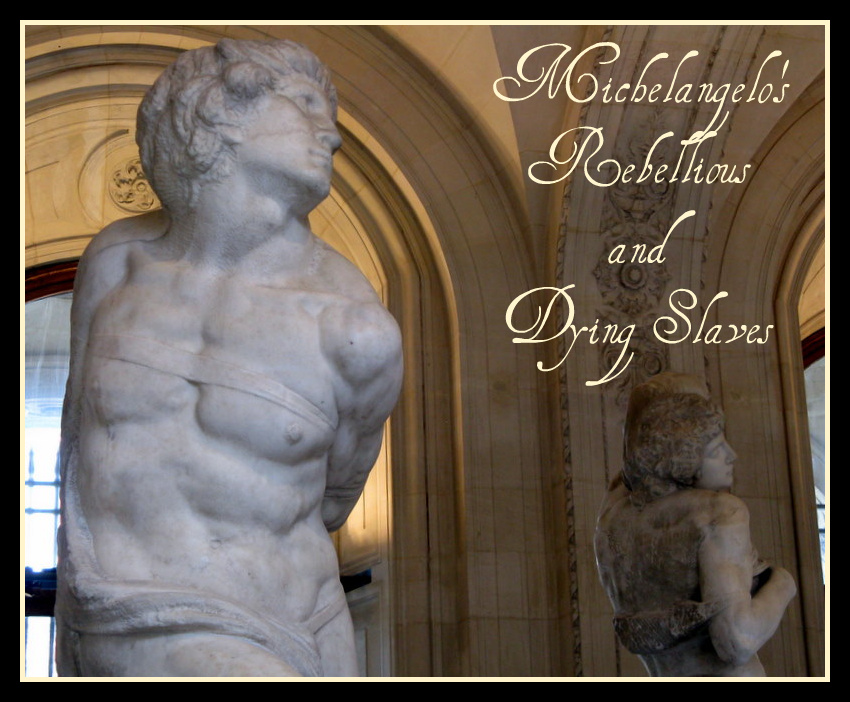
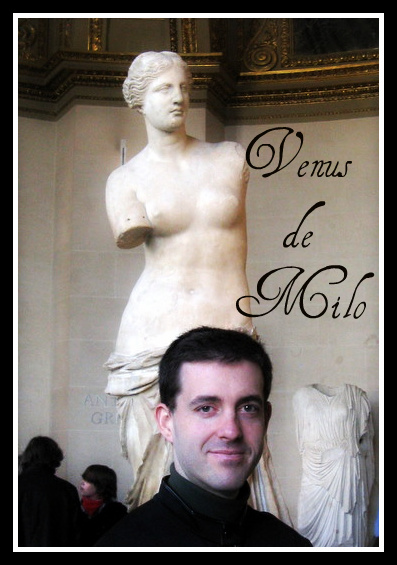
5.Venus de Milo in the Sully Wing: The mystery about Venus de Milo makes her attractive and popular. Her mystery is about her missing arms, but to me, the presumed Goddess of beauty and love lacks in warmth and allure but shows nobility. She seems to have never had any arms. She is gazing far into the distance. She seems aloof and carefree and tired. Yet I go see her every time. And I think you should too, at least once.
6. Egyptian Antiquities:
Overwhelming and daunting collection of works from the Egyptian civilization over 2 floors, and spread over dozens of large rooms, this part of the Louvre begs at least a walk-through. The most exquisite collections are from the daily life of ancient Egypt at the time of the Pharaohs. From hair brushes to utensils to working tools, looking at these objects can pique the interest of the most obstinate present-oriented person to a civilization more than 2000 years old, and yet as advanced if not more so than the one we live in today.
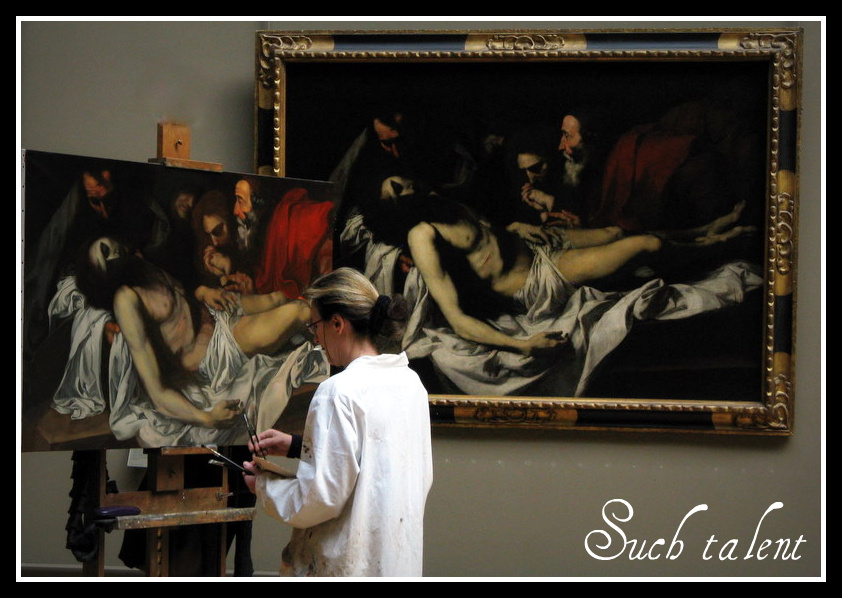
7. Watching the Aspiring Artists:
If you want to rest, find one of the many couches in any of the big halls, and watch artists at work. Particularly in the Denon wing, within the grand walls of huge paintings, you will see amateur artists showing enormous talent, working silently, impervious to the crowds and the noise.
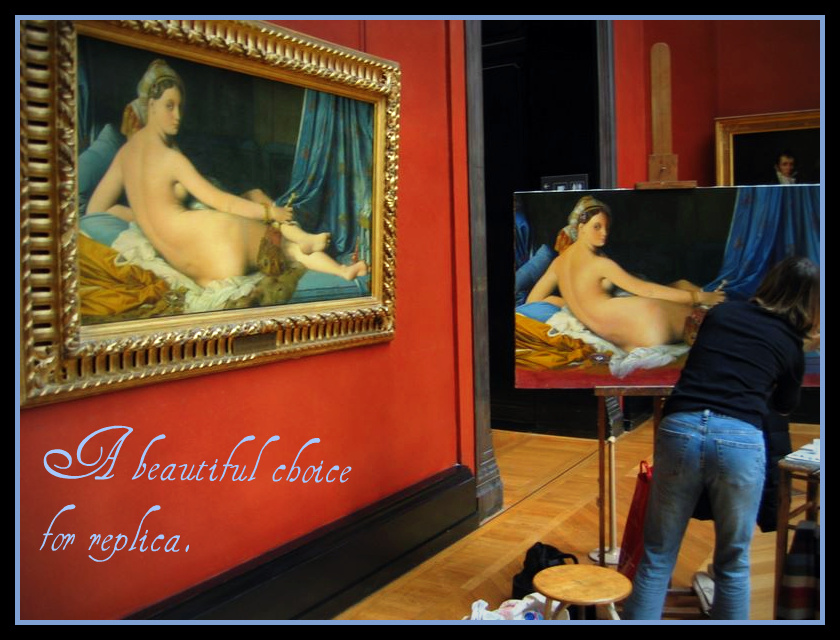
Every time I return to the Louvre, I come home to a part of me. I may live far from Paris, and my visits may be painfully infrequent, but I make no mistake about the fact that I belong in the Louvre as much as the museum curator, the guard or a Parisian. I belong within these walls where the pulse of art and history beats every day, every year, every century. A place where the past lives vibrantly in the present, where the stunning beauty before your eyes can silence the loud conversation from a bystander or the screams of children, and where time slows down to let you see the essence of life through art. A place to where my heart yearns to return every year. The one and only place called Museé du Louvre of Paris.
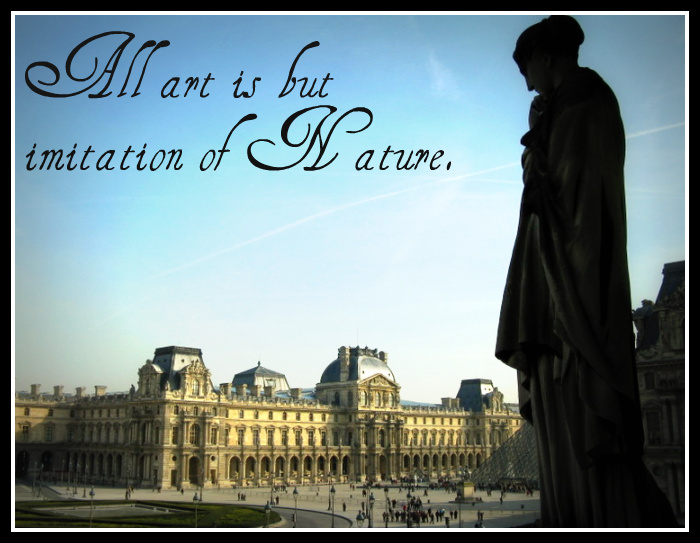
 I am Farnoosh, the founder of Prolific Living. So glad you are here. My mission is to empower you to unblock your creative genius to live your dream life.
I am Farnoosh, the founder of Prolific Living. So glad you are here. My mission is to empower you to unblock your creative genius to live your dream life.